If you notice yellow spots on your philodendron leaves, don’t panic! In this article, we’ll discuss the possible causes of yellowing leaves on philodendron plants and some solutions. Keep reading to learn more about what might be causing the yellowing of your philodendron leaves and how to fix it.
How to Identify Philodendron Leaf Spot Diseases
The most common philodendron leaf spot diseases are bacterial leaf spot and fungal leaf spot. Leaf spot diseases are caused by fungi or bacteria that infect the leaves through wounds. If you notice yellow spots on the leaves of your philodendron, it’s important to identify the cause so you can take steps to treat the plant.
Bacterial leaf spot is characterized by small, water-soaked spots that turn yellow, brown, or black. The spots are often surrounded by a yellow halo. Bacterial leaf spot is most commonly caused by Pseudomonas cichorii.
Fungal leaf spot is most commonly caused by Alternaria species. The spots may be circular or irregular in shape. Fungal leaf spot is characterized by larger, brown or black spots with a yellow or brown border.
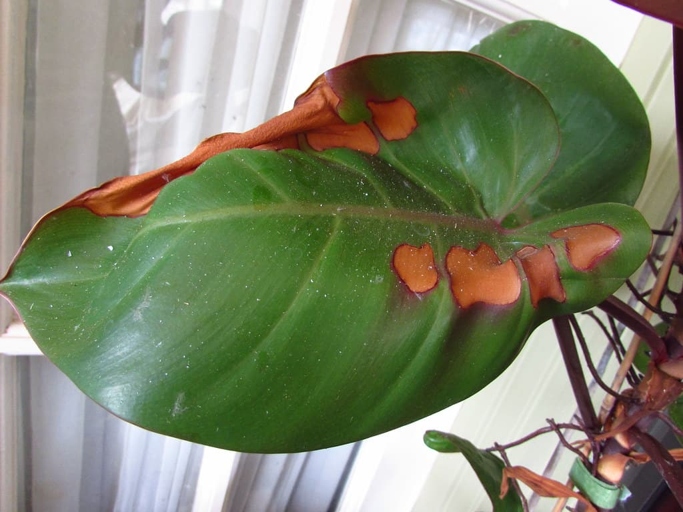
Finally, apply a fungicide or bactericide to the leaves, following the instructions on the label. This will help to prevent the spread of the disease. To treat philodendron leaf spot diseases, start by removing any infected leaves. Next, water the plant at the base, rather than from above, to reduce the chances of water splashing onto the leaves and spreading the disease.
What Causes Yellow Spots on Philodendron Leaves
There are several possible causes for this, including too much sun, too little water, or a nutrient deficiency. One of the most common problems with philodendrons is yellow leaves.
Move it to a shadier spot and see if the leaves start to green up. If the leaves are yellow and the edges are brown, it’s likely that the plant is getting too much sun.
If the leaves are yellow and the stems are soft, it’s a sign of too little water. Water the plant deeply and wait for the soil to dry out before watering again.
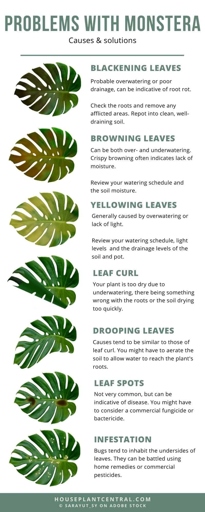
If the leaves are yellow and the plant is overall stunted, it’s likely that there’s a nutrient deficiency. Try fertilizing with a balanced fertilizer and see if the plant starts to improve.
Excess Light
If you notice yellow spots on your philodendron leaves, it is likely due to excess light. You can solve this problem by moving the plant to a location with less light. If the yellowing is severe, you may also need to reduce the amount of water you are giving the plant. Philodendrons prefer indirect light, so if they are getting too much light, the leaves will start to yellow.
Humidity
When it comes to houseplants, humidity is often overlooked. Yet, it’s an important factor in keeping your plants healthy. If the air in your home is too dry, your philodendron may develop yellow spots on its leaves. These tropical plants thrive in humid environments. Philodendrons are no exception.
First, try grouping it with other plants. This will create a microclimate that’s more humid than the surrounding air. You can also use a pebble tray or humidifier to raise the humidity levels. There are a few things you can do to increase the humidity around your philodendron. Just be sure to keep an eye on your plant, as too much humidity can also be detrimental. If the leaves start to yellow or brown, it’s an indication that the air is too moist.

By paying attention to the humidity levels in your home, you can keep your philodendron healthy and happy.
Cold Injury
Cold injury is most likely to occur during the winter months when the plant is not actively growing. This can happen if the plant is exposed to temperatures below 50 degrees Fahrenheit. The leaves may turn yellow, brown, or black and the edges may become crispy. If you notice yellow spots on your philodendron leaves, it is likely due to cold injury.
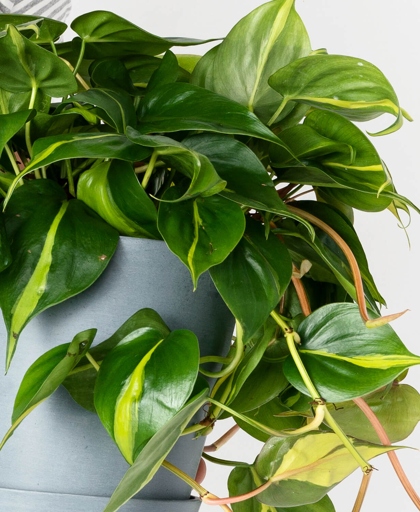
To prevent cold injury, make sure to protect your philodendron from frost by covering it with a frost blanket or moving it indoors. Once the weather warms up, your plant should recover. If the leaves have already been damaged, you can remove them and wait for new growth to appear.
Pest Infestation
The most common pests that attack philodendrons are mealybugs, spider mites, and aphids. These pests suck the sap from the leaves, causing them to turn yellow and eventually die. If you notice yellow spots on your philodendron leaves, it’s likely due to a pest infestation.
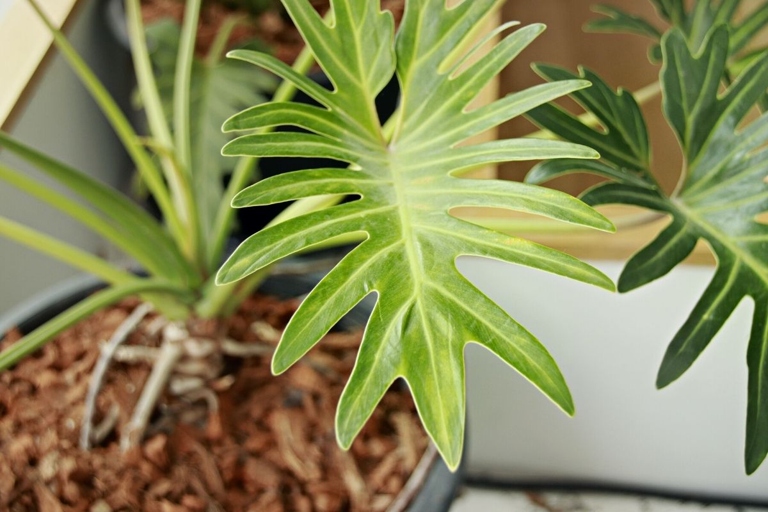
You may need to repeat this treatment a few times to completely get rid of the pests. To get rid of pests, start by spraying the plant with water to dislodge them. Then, apply an insecticidal soap or neem oil to the leaves, being sure to reach the undersides where the pests are hiding.
If your plant is severely infested, you may need to dispose of it to prevent the pests from spreading to other plants. However, with proper treatment, most philodendrons can be saved.
Bacterial and Fungal Leaf Spots
Leaf spots can also be caused by environmental factors such as too much sun or too much water. These spots can be caused by a number of different pathogens, including Pseudomonas, Xanthomonas, and Alternaria. Bacterial and fungal leaf spots are a common problem with philodendrons.

If leaf spots do occur, they can be treated with a fungicide or bactericide. To prevent leaf spots, it is important to water philodendrons at the base of the plant, not from above. It is also important to provide philodendrons with adequate drainage and to avoid overwatering. Water that splashes on the leaves can spread pathogens and cause new spots to form.
Rust
The fungus causing rust is most active in warm, humid conditions. If you notice yellow spots on your philodendron leaves, it’s likely due to a condition called rust. Rust can spread quickly and is difficult to control, so it’s important to take preventive measures to avoid it. Rust is a fungal disease that affects many types of plants, including philodendrons.
Finally, provide adequate air circulation around your plant to help keep the leaves dry. Third, avoid overhead watering, which can promote fungal growth. Second, water your plant at the base, rather than from above, to avoid wetting the leaves. First, make sure to plant your philodendron in well-draining soil. There are a few things you can do to prevent rust from occurring in your philodendron.
Destroy the leaves by burning them or placing them in the trash. Remove any affected leaves from the plant. If rust does occur, you’ll need to take action to control it. You can also try treating the plant with a fungicide, but be sure to follow the directions carefully.
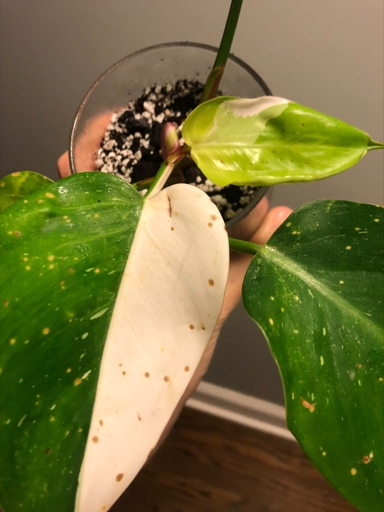
Rust can be a serious problem for philodendrons, but by taking preventive measures, you can help keep your plant healthy and free of this disease.
Root Rot Could Cause Yellowing
If the problem is severe, you may need to replant the philodendron in fresh soil. It is caused by too much water and can lead to yellowing of the leaves. Root rot is a common problem with philodendrons. The best solution is to let the plant dry out between watering.
Fertilizer Problem
If you notice yellow spots on your philodendron leaves, it’s likely due to a lack of nutrients. This can be caused by several factors, including using the wrong type of fertilizer, not fertilizing often enough, or not fertilizing at the correct strength.
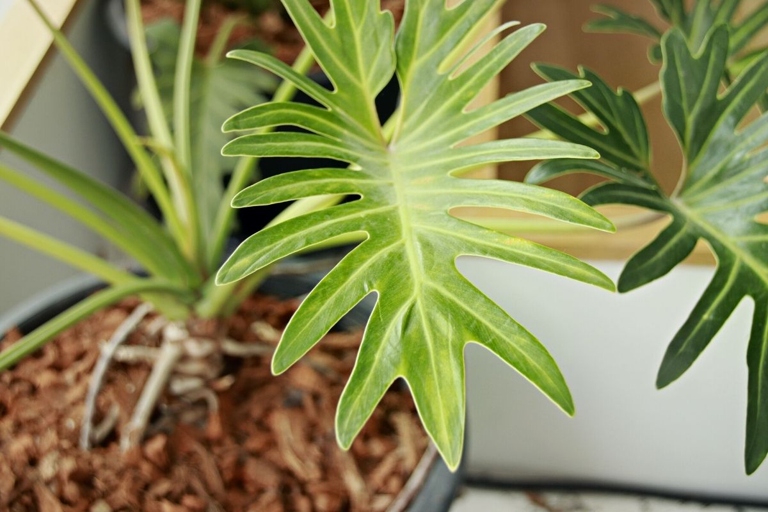
To fix the problem, start by using a fertilizer that’s specifically designed for philodendrons. Apply it at the recommended frequency and at the correct strength. If you’re still seeing yellow spots, increase the frequency or strength of the fertilizer until the problem is resolved.
Moisture
If you see yellow spots on your philodendron, check the soil to see if it is too wet. If the soil is too dry, try to increase the amount of water you are giving it. If the plant is too wet, it can lead to yellow spots on the leaves. One of the most common problems with philodendrons is moisture. This is usually caused by too much water, or not enough drainage. If it is, try to reduce the amount of water you are giving it.
Quality of water
If you notice yellow spots on your philodendron leaves, it could be a sign that the quality of your water is not ideal. These minerals can build up on the leaves of your plant and cause yellow spots. This could be due to a high concentration of minerals, such as calcium and magnesium, in your water.
To improve the quality of your water, you can try using a water filtration system or boiling your water before using it to water your plants. You can also let your plants soak in a solution of water and white vinegar for a few minutes to help remove any build-up of minerals.
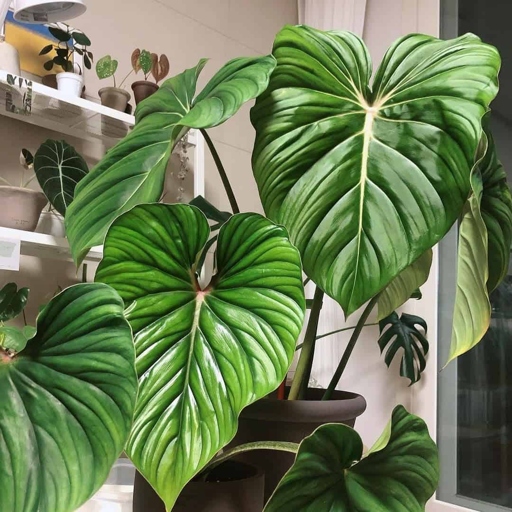
If you continue to notice yellow spots on your philodendron leaves, it might be a good idea to consult with a plant expert to find out the best way to solve the problem.
Proper Philodendron Care Tips
However, like all plants, they require some basic care in order to thrive. Philodendrons are one of the most popular houseplants, and for good reason! Here are a few tips to help you care for your philodendron: They are easy to care for and make a beautiful addition to any home.
Over-watering can lead to root rot, so be sure to check the soil before watering. -Water your plant regularly, but allow the soil to dry out between waterings.
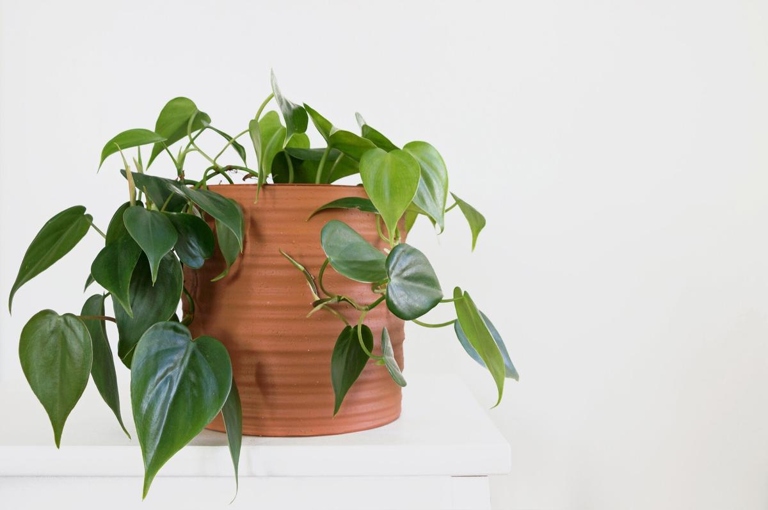
Too much direct sunlight can scorch the leaves, while too little light will cause the plant to become leggy. -Place your plant in a bright, indirect light.
-Fertilize your plant once a month during the growing season (spring and summer). Use a balanced fertilizer that is low in nitrogen.
By following these simple tips, you will be sure to have a healthy and happy philodendron!
Light is critical
Without adequate light, philodendrons will become leggy and produce fewer leaves. They may also develop yellow spots on their leaves, which is a sign of light stress. Light is critical for the growth and development of all plants, including philodendrons.

If they are not receiving enough light, move them to a brighter spot. To prevent yellow spots from developing on philodendron leaves, make sure to provide them with bright, indirect light. If they are receiving too much direct sunlight, move them to a shadier spot.
Yellow spots on philodendron leaves can also be caused by nutrient deficiencies. Make sure to fertilize your philodendrons regularly with a balanced fertilizer to prevent nutrient deficiencies from occurring.
Sustainable temperature levels
When it comes to temperature, philodendrons are pretty versatile. If the temperature gets too high, the leaves will start to turn yellow. They can tolerate a wide range of temperatures, from 60 to 85 degrees Fahrenheit. However, they prefer temperatures on the lower end of that range.
There are a few things you can do to keep your philodendron happy and healthy. Philodendrons like to be in moist, but not soggy, soil. Second, water it regularly. Allow the top inch or so of soil to dry out before watering again. Too much sun will cause the leaves to yellow. Lastly, don’t let the temperature fluctuate too much. First, make sure it’s not in direct sunlight. sudden changes can stress the plant and cause the leaves to yellow.

By following these simple tips, you can keep your philodendron healthy and looking its best.
Pests and their toxicity level
There are a few different types of pests that can attack philodendrons, and each has its own level of toxicity. Pests are a common problem for philodendron owners. The most common pests are aphids, mealybugs, and scale insects.

They are usually green or black, but can also be yellow, brown, or red. Aphids can cause yellowing and stunted growth in philodendrons. Aphids are small, soft-bodied insects that feed on plant sap.
They can cause yellowing and stunted growth in philodendrons. Mealybugs are small, white, fuzzy insects that feed on plant sap.
Scale insects can cause yellowing and stunted growth in philodendrons. Scale insects are small, hard-bodied insects that feed on plant sap. They can be brown, black, or white, and often have a waxy coating.
All of these pests can be controlled with regular applications of insecticidal soap or neem oil.
How to Prevent The Yellowing of Philodendron
There are several possible causes of this problem, including too much sun, too little water, or a nutrient deficiency. Luckily, there are a few simple solutions that can help prevent the yellowing of philodendron leaves. One of the most common problems with philodendrons is yellowing leaves.
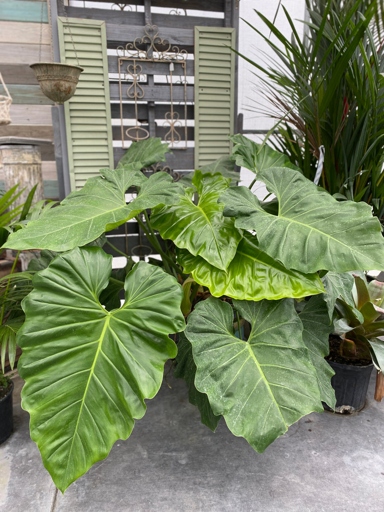
If too little water is the issue, make sure to water your philodendron regularly and evenly. If a nutrient deficiency is to blame, try feeding your plant with a balanced fertilizer. If too much sun is the problem, try moving your plant to a shadier spot.
With a little care, you can keep your philodendron looking its best. Yellow leaves are not only unsightly, but they can also be a sign of a serious problem. By taking preventive measures, you can avoid this issue and keep your plant healthy and happy.
Common Plant Leaf Problems
The good news is that there are solutions to this problem. One common plant leaf problem is yellow spots. The causes of yellow spots on leaves can be many and varied, but often the problem is due to a lack of nutrients, too much sun, or pests.
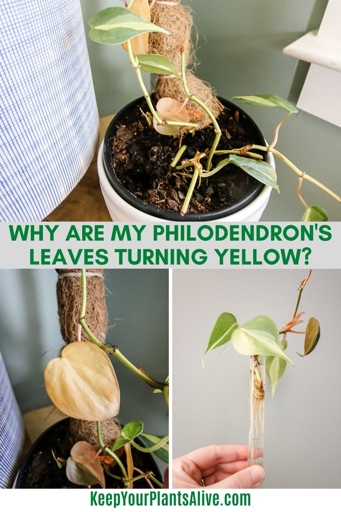
To correct yellow spots due to a lack of nutrients, fertilize your plant with a balanced fertilizer. If pests are the issue, treat your plant with an appropriate pesticide. If too much sun is the problem, move your plant to a location with less sun.
With a little care and attention, you can soon have your plant looking healthy and green again.
Yellow leaves
There are a few possible causes and solutions. If you notice yellow spots on your philodendron leaves, don’t worry!
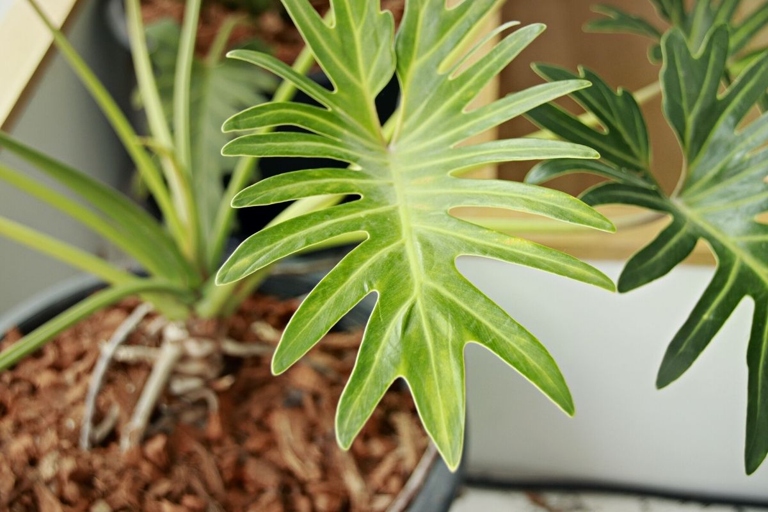
If your plant is in a sunny spot, try moving it to a shadier location. If it’s dry, give your plant a good watering. One common cause of yellow leaves is too much sun. If the leaves are still yellow, check the soil.
Another possible cause of yellow leaves is nutrient deficiency. If you think this might be the problem, you can try fertilizing your plant. Be sure to follow the directions on the fertilizer package, and don’t overdo it!
If you can’t figure out what’s causing the yellow leaves, or if the leaves are starting to turn brown or black, it’s best to take your plant to a nursery or garden center for help.
Brown tips
If you notice brown tips on your philodendron, it is most likely due to one of three things: too much sun, too little water, or too much fertilizer.

Move it to a spot that gets less sun and see if that helps. If your philodendron is in too much sun, the leaves will start to turn brown and dry out.
If the soil is dry to the touch, it’s time to water. If you think your philodendron isn’t getting enough water, water it more frequently.
If you think you may be fertilizing your philodendron too much, cut back on the amount of fertilizer you’re using. Brown tips can also be a sign of over-fertilization.
Leaf rust
Leaf rust is a common problem for philodendrons. There are a few things that you can do to prevent or treat leaf rust. The leaves of the plant will develop yellow spots that can eventually turn brown and cause the leaves to fall off.
If you notice that the leaves are starting to turn yellow, move the plant to a brighter location. One way to prevent leaf rust is to make sure that your philodendron is getting enough light. The plant needs bright, indirect light in order to stay healthy.
Allow the top of the soil to dry out before watering again. Another way to prevent leaf rust is to water the plant properly. Overwatering can lead to leaf rust, so be sure to check the soil before watering. The soil should be moist but not soggy.
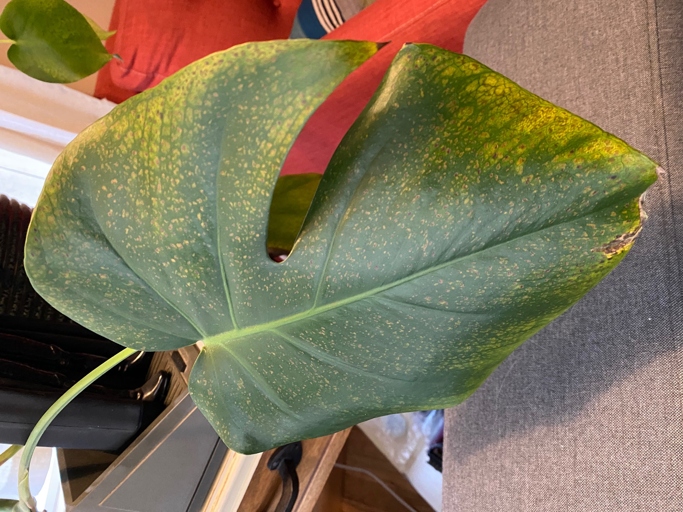
You may need to treat the plant multiple times in order to get rid of all the leaf rust. Be sure to follow the directions on the label and apply the fungicide to the affected areas. If your philodendron already has leaf rust, you can try to treat it with a fungicide.
Frequently Asked Questions
1. What are the most common causes of yellow spots on philodendron?
There are a few different reasons why your philodendron may develop yellow spots. The most common include: too much sun, not enough water, or a nutrient deficiency.
2. How can I tell if my plant is getting too much sun?
If the leaves of your plant are turning yellow and/or brown, it is likely getting too much sun. Philodendrons prefer bright, indirect light.
3. How often should I water my philodendron?
Water your philodendron when the top inch of soil is dry. Allow the plant to drain and do not water again until the soil is dry.
4. What are the signs of a nutrient deficiency?
If your plant is not getting enough nutrients, the leaves will turn yellow and/or brown and may become stunted.
5. What is the best way to treat a nutrient deficiency?
The best way to treat a nutrient deficiency is to fertilize your plant with a balanced fertilizer.
6. What are some other common causes of yellow spots on philodendron?
Other causes of yellow spots on philodendron include pests, diseases, and temperature stress.
7. What are the signs of pests?
If your plant has pests, the leaves will turn yellow and/or brown and may have small holes. You may also see the pests themselves on the plant.
8. What are the signs of diseases?
If your plant has a disease, the leaves will turn yellow and/or brown and may fall off. The stems may also be affected.
9. What is the best way to treat pests and diseases?
The best way to treat pests and diseases is to remove the affected leaves and/or stems and destroy them. You can also try using a pesticide or fungicide.
10. What are some other common causes of yellow spots on philodendron?
Other causes of yellow spots on philodendron include over-fertilization, too much water, and temperature stress.
Final thoughts
If you have yellow spots on your philodendron, it is likely due to a nutrient deficiency. The most common cause of yellowing leaves is a lack of nitrogen. Other causes can include a lack of magnesium or iron. The best way to solve this problem is to fertilize your plant with a balanced fertilizer. If you are unsure of the fertilizer to use, ask your local nursery or garden center for a recommendation.
